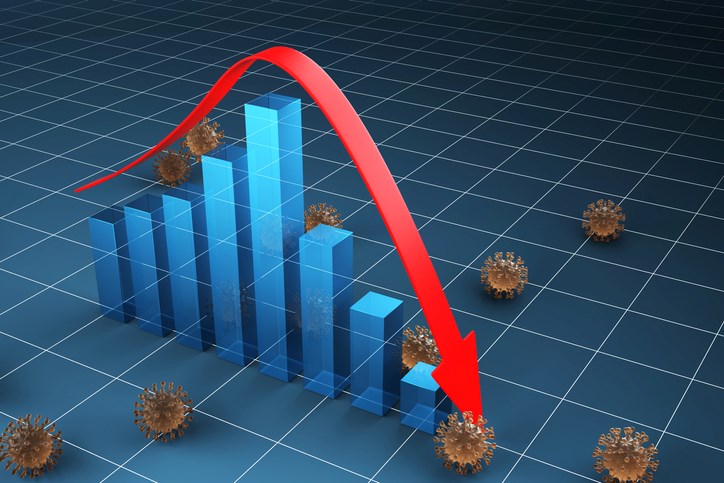REGINA — The Saskatchewan Ministry of Health released their biweekly community respiratory illness surveillance program report for Nov. 10 covering the period Oct. 23 to Nov. 5, 2022, and these are five things you should know about it.
Respiratory virus activity is increasing
Overall, respiratory viral activity, particularly influenza, in Saskatchewan is increasing. In the current reporting period, confirmed COVID-19 cases decreased by 200.
Influenza case detection increased three times from 68 to 192 cases with test positivity of 21.8 per cent. 117 of the 192 cases were detected in ages 0 to 19.
La Ronge, Prince Albert and Melfort areas have the highest influenza test positivity. Influenza hospitalizations and ICU admissions increased with the majority age 0 – 19 (37 percent)and age 60+ (53 per cent).
Other respiratory viruses have increased marginally this reporting period, from 104 to 120 lab detections. RSV detections remained stable at 12 cases – all RSV hospitalizations (n = 4) occurred in children aged 0 – 19 years.
Rhinovirus (common cold) continues to be the most commonly detected organism in the sentinel program.
Test positivity is decreasing
Test positivity in Saskatchewan has decreased from 11.8 per cent to 9.9 per cent. Provincial COVID-19 wastewater levels have decreased. Sub-provincially, regions with the highest COVID-19 test positivity and increasing wastewater trends are Moose Jaw, Regina and area.
BA.5 still dominant
The Omicron BA.5 is the dominant variant of concern at 94 per cent in the current reporting period. The BA.5 sublineages BQ.1 and BQ.1.1 are increasing.
COVID-19 hospitalization plateaued
COVID-19 hospitalizations remain plateaued since August 2022 at approximately 176 admissions per week. ICU admissions increased to 15 cases from previous weekly average of ten cases – the majority were 60+ years old. The proportion of staffed inpatient beds occupied by COVID-19 patients remains unchanged (11.7 per cent).
The vaccine situation
With the exception of Regina, all areas of the province have less than 50 per cent of their population up-to-date for COVID-19 vaccines and less than half of individuals aged 50+ have had an additional booster dose (43%).
Of those five and older, only 17 per cent have received their latest booster dose in the last six months. Since bivalent boosters became available to higher-risk residents in the province Sept. 12 and expanded to all residents 18+ as of September 29, only 12 per cent of individuals aged 12+ years have received a bivalent booster dose (n = 121,666 doses).
The Influenza immunization campaign launched October 11, 2022. To date, 15 per cent of the population have received an influenza vaccine, a 28 per cent decrease in coverage compared to same time last year.





